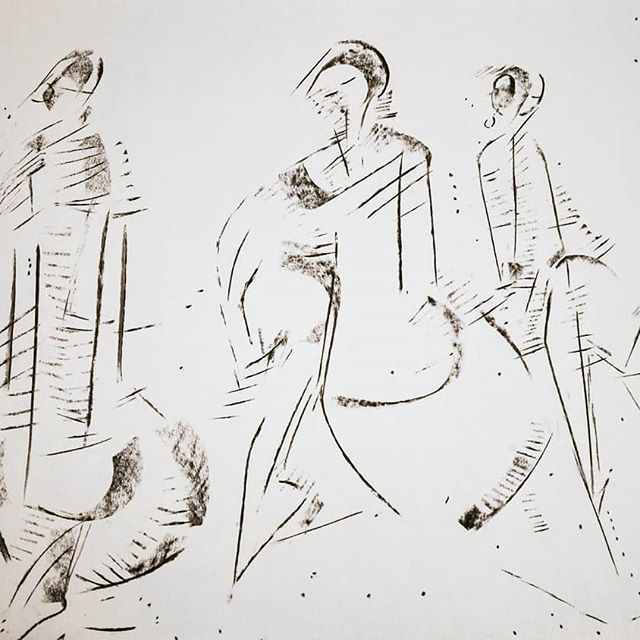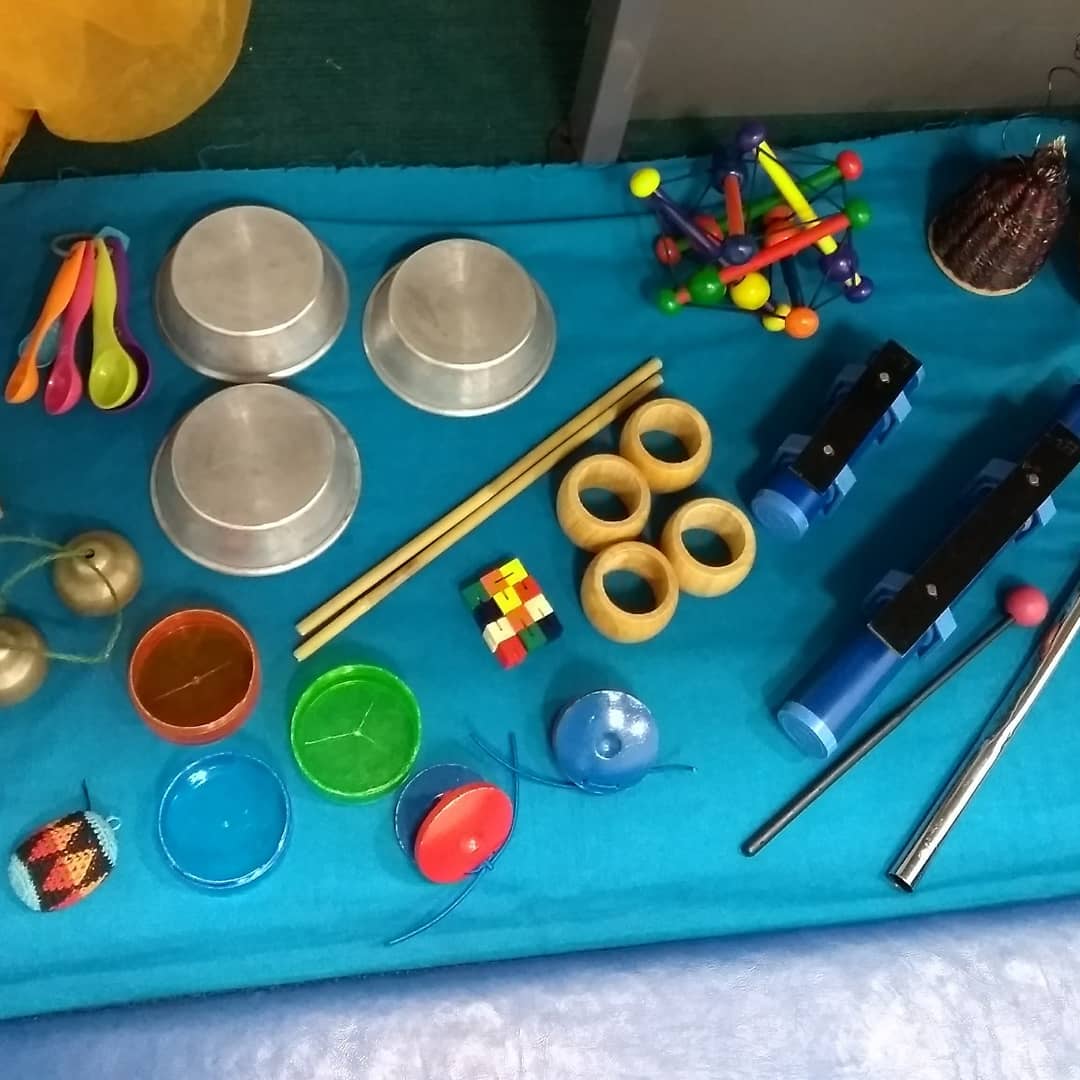
Some notes for school staff who are taking part in the training
*The Learning support assistants, child and practitioner attend weekly half-hour sessions together
Reason for the sessions
The sessions give a chance for the children to be witnessed in a focused yet informal way where there are many possibilities and yet there is a structure.
- The structure relies on the consistency of the setting: the room, the tactile and musical objects in the room and the adults present.
- This space acts like a stage setting in which the child feels safe to show things that concern them.
- They may grow in confidence as they sense the non-judgemental and inquisitive nature of the adults’ response to what they show.
- Most importantly because their actions, gestures and soundings have a place to “Land”; i.e. they are received and accepted by witnessing and benevolent adults, the child can begin to cross over from sometimes overwhelming feeling-states into expressive communications in which ideas can be explored as a relationship between child and adult.
- The two adults in the room: the practitioner and carer, together model a positive way of relating to the child and to one another. In time the child sees how these adults can change roles and adapt so that at any one time one adult can be in the role of a quiet yet involved observer and the other can be a more active participant.
- As the sessions progress the child comes to realise that they too can be in these two roles; the quiet role or the active role as and when they need to be.
- At times all three people can grow into active participants and create an event around a story or musical exploration and then let go of that to allow for a period of rest and integration.
- All three people therefore create a situation of mutual trust where they are maintaining a sense of balance between them.
- Themes around climbing and falling, growing large and small, spreading out and collecting together, going on a journey and returning home, begin to animate this idea of how we and others change and adapt.
- These are essentially growth patterns that we all have in our bodies and in the various stages of our development. In any one day or time period they play out in miniature like a plant opening and closing many times over. They exist in the muscular tension and release of our bodies and in our breath going in and out. These are the foundations for our expressive actions, vocalisations and emotional range.
- Working through therapeutic touch with children with more complex medical needs and also with other children, creates a sense of “well-being” and a place of quiet presence between child and adult. It can be a deeply nurturing place and one that can be visited and revisited when needed.
- The Therapeutic Touch involves the idea of working with both hands and two different qualities of touch. The “Mother Hand” creates a quiet warming contact with a full open palm sometimes placed at the lower back or belly. A more active “Child Hand” works in small circular patterns through a light yet invigorating touch through the finger pads. This creates areas of interest and stimulation for the child around their upper back, upper chest and into their arms, legs, feet and hands.
- These two qualities of touch regulate active and settled states. They work in conjunction with the two roles of the adults; one as a quiet and benevolent observer and one as a more active participant with the child.
Summary
- In a sense the drama of each session comes to life out of this simple tool-kit: the room, the objects and the people in the room and the two qualities of quiet and active touch. This allows for a safe space in which the child can act and show what they need to show within a reliable and familiar setting.
- Voice, rhythm and sound-making is central to this drama and becomes an exchange between practitioner and child and later becomes a three-way exchange between carer, child and practitioner.
- It is often highly significant when the child is ready to listen to this three- way exchange and to glance back and forth between both adults without feeling that the presence of one excludes the presence of the other. It marks a place of dynamic possibility where ideas can grow and evolve and everyone is equally part of this occasion whether active or quiet.
- These sometimes heightened points of exchange can be visited for short periods of time and then the adult can help the child to return to a quiet restful state where they can begin to integrate their experience. This can be done by the adult through returning to the “Mother Hand” contact and/or dropping ones voice and slowing ones movements. This is necessary as the intense engagement can sometimes bring up mixed feelings for the child who might not always feel they have permission to express themselves in this way within their own family. Yet these excited states however briefly visited, are an important outlet for the child which allows them to loosen up creatively and play.
- A child can begin to feel safe not only to show their exuberance but also some of the more difficult and chaotic aspects of their life and relationships, knowing that this will be held carefully and not judged.
- The adult can use the sound of their voice in slow, quiet and sometimes humorous brief utterances with long pauses in-between. This can be enormously reassuring for a child who senses this benign presence and then feels able to fill in some of the gaps with their own utterances.
Final word
- If there is an overall aim to this project, it is to create a wider possibility of shared experience for a child where they begin to see the point in expressing themselves as this is received, thought about and held safely from week to week by consistent adults. Essentially whatever they bring to the session is remembered and valued and in this way the child also feels valued. This encourages them to be able to think about their experiences and feelings as they are happening without becoming overwhelmed by them. It is the adults’ role to hold that experience safely and to encourage a gradual transition from what is sometimes repeated by the child out of habit, fear or boredom, to the thoughtful showing by the child of what matters to them. This I believe is the way a child can be helped to move from overwhelming feelings which can feel hard for them to hold on their own, into symbolic sharing of what concerns them.
